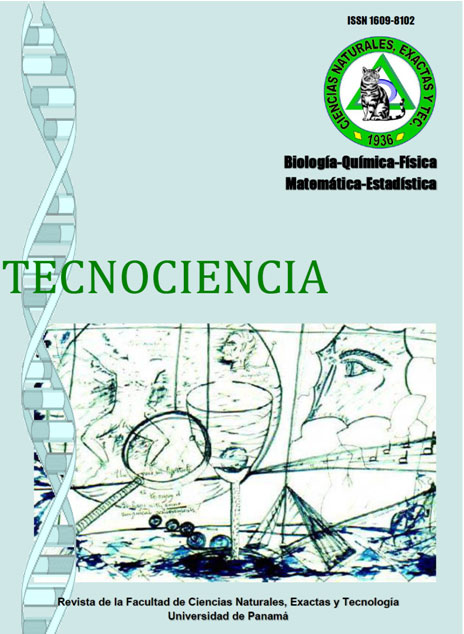

The Pacific sierra (Scomberomorus sierra) is one of the main species that is captured in the Gulf of Montijo, site listed as a wetland of international importance, in addition to being an important site of fishing in the Pacific from Panama. This study describes biological and fisheries aspects of Scomberomorus sierra from Palo Seco and Estero Caté, Gulf of Montijo, Pacific coast of Panama. Samples were collected monthly of March 2003 to February 2004, during three days of catch efforts for locality, using gillnets of 7.62 cm stretch mesh. Specimens were measured (total length, Lt; ± 0.1 cm) and weighted (W, ± 0.1 g). Stomach and gonads were removed to access food and reproductive analysis. Mean total length was 47.39 cm (± 6.16 SD), and the mean weight was 559.79 g (±239.15 SD). The minimum catch length was determinate in 47.39 cm Lt. The analysis of stomach contents showed a feeding mainly based on fishes The sex ratio was 1.7 female to 1 male. Results showed a continuous reproduction throughout the year, but at higher intensity between the months of October and February. Due to individuals breeding at different times, with the consequence that presents gonads at different stages of maturity. An impact of overfishing was determinate for S. sierra, declining in a 42% of volume of fishing of 2003 to 2004. This decrease in the volumes of landings, catches increased during the main reproductive moment and means size of capture less than the mean size at first maturity (L50) reported, is signs of overfishing.